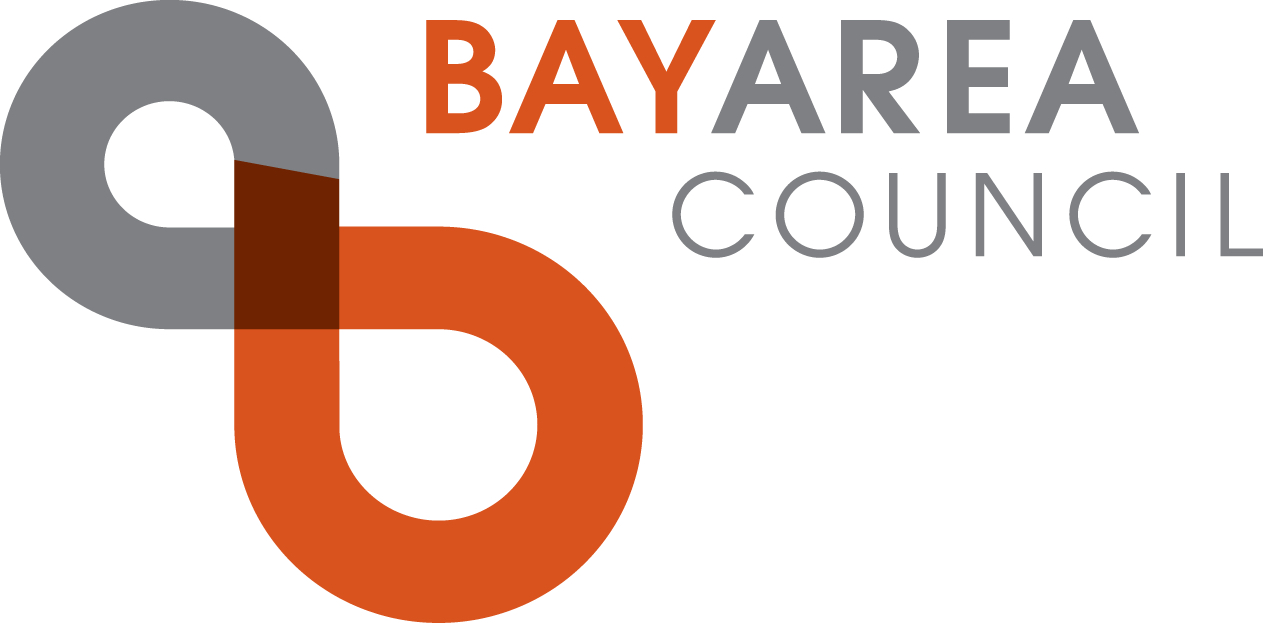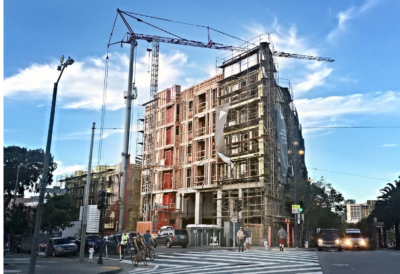Scaling Up: From Green Buildings to Green Cities in the US and China | May 1, 2009
Amidst a worldwide recession, efficient use of resources becomes even more critical to the bottom line of business. For the Bay Area in particular, such an environment provides opportunities for companies both looking to reduce their energy demand and technology firms that can supply the tools necessary to achieve resource savings.
As a follow up to the US|China Green Tech Summit in Shanghai last November and ongoing activities in the technology and environment space, the Bay Area Council is excited to convene another high-level conference at the intersection of green business and policy. Working in partnership with the Asia Society of Northern California, the Council will be hosting “Scaling Up: From Green Buildings to Green Cities in the US and China” on Friday, May 1, 2009, at the PG&E Auditorium in San Francisco.
Buildings consume well over 30 percent of all primary energy in the world—more than either transportation or industry. By building green, we can increase overall operating efficiency in our buildings and reduce energy consumption in the built environment by 30-50 percent. Chinese Premier Wen Jiabao said in a recent work report at the ongoing annual National People’s Congress that China’s energy consumption per 1,000 yuan (147 USD) of GDP has dropped by 10.8 percent in the past three years—still leaving the country far short of its 20 percent reduction goal for 2010. The Bay Area is uniquely positioned to help China achieve these goals through knowledge and tech transfer, and the Bay Area Council is working to enable such a flow.
This one-day conference looks at the challenges and opportunities of reducing the carbon footprint of our cities while increasing global prosperity. Today, the greatest challenge for green design is to scale up — to move beyond pilot projects and piecemeal solutions to building and retrofitting on a massive scale in order to have a meaningful impact on global warming. Green materials must be mass produced, construction techniques must be standardized, and the principles of green design must inform urban planning, not simply the design of individual buildings. These are the critical issues this conference will address.
Invited speakers include (partial list): Vincent Lo, Chairman & CEO, Shui On Group; Jiang Yi, Professor of Building Science, Tsinghua University; Peter Darbee, Chairman, CEO, and President, PG&E; Jeff Heller, President, Heller-Manus; Simon Tay, Chairman, Singapore Institute of International Affairs; Dian Grueneich, Commissioner, California Public Utilities Commission; Mark Levine, Group Leader, China Energy Group, Lawrence Berkeley National Laboratory; John Kriken, Consulting Partner, Skidmore, Owings and Merrill LLP; Stanley Yip, Director of Planning & Development, Arup China; Sabeer Bhatia, Founder, Hotmail; planner and developer, Nanocity (India).
Click here to register.




